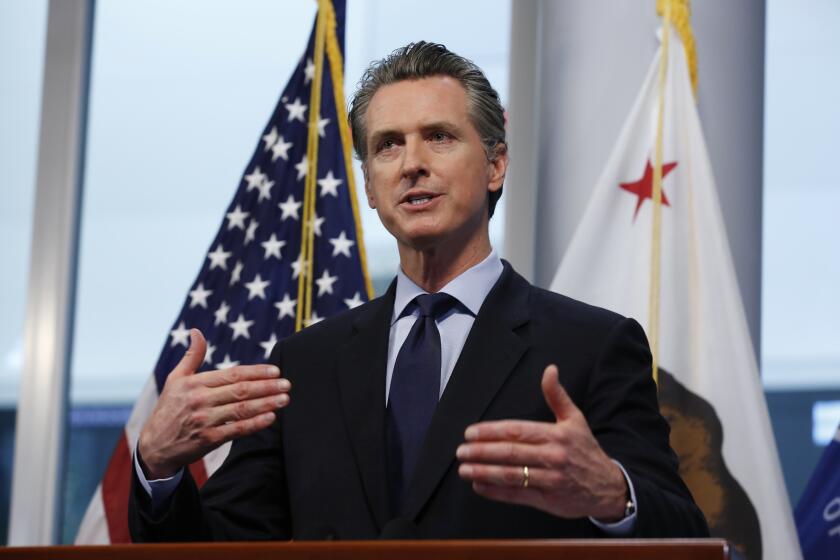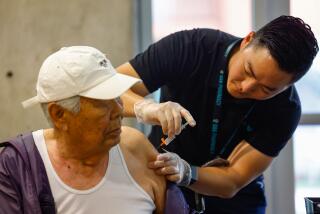A 2020 timeline: This is how California could reopen, from restaurants and schools to offices and sports
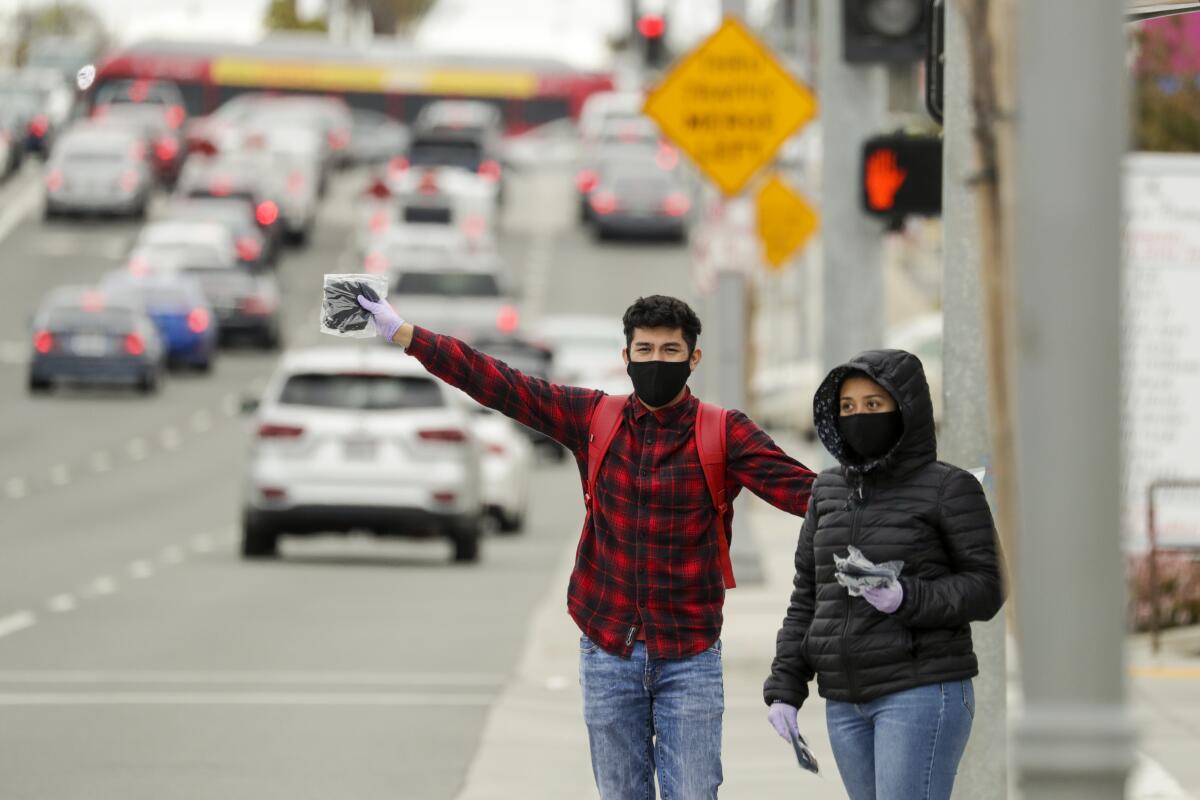
- Share via
SAN FRANCISCO — The number of people hospitalized for the coronavirus in California will need to decline in the next couple of weeks before officials can start to discuss easing stay-at-home rules, Gov. Gavin Newsom said Tuesday.
Newsom declined to offer a more specific timeline. But what might it look like? We spoke with Dr. Robert Kim-Farley, a UCLA medical epidemiologist and infectious disease expert, to see what a possible timeline for reopening the state might look like.
Kim-Farley has been in the shoes of public health officials before. He headed the Los Angeles County Department of Public Health’s Division of Communicable Disease Control and Prevention from 2004 to 2018 and previously worked as a career epidemiology field officer for the U.S. Centers for Disease Control and Prevention.
Based on what’s known now, here is a likely scenario of what may be to come:
April to May: Numbers of new cases flatten
In areas where physical distancing measures have been effectively implemented, Kim-Farley says he suspects that by late April into the middle of May, the number of new cases will be flattening.
California’s statewide stay-at-home has no end date, but Los Angeles County’s has been extended through May 15, and the San Francisco Bay Area’s has been lengthened to May 3. Officials in both regions have warned that stay-at-home measures could be extended again.
Hospitals in California so far have not been overwhelmed by COVID-19 patients. On Saturday, UC San Francisco dispatched 12 doctors and eight nurses to New York City to help with patients there.
Gavin Newsom said he will work with Oregon and Washington to develop a plan to reopen their economies and heal after the coronavirus restrictions are lifted.
May to June: The start of a decline in new cases
Around the end of May or into mid-June, Kim-Farley suspects that places that have effectively maintained physical distancing measures will see significant reductions in the numbers of cases. In the nation’s worst-hit areas, hospitals may start to see relief.
Also at this time, Kim-Farley suspects there will be enough capacity to offer tests for the virus and antibodies — to determine whether people are immune — to meet the demand.
Kim-Farley says he could see stay-at-home orders persisting toward the end of May or into mid-June.
It’s conceivable local and state health officials would be able to determine how stay-at-home measures can begin to be eased.
Also by this point, the first studies pointing to effective drug therapies might be completed.
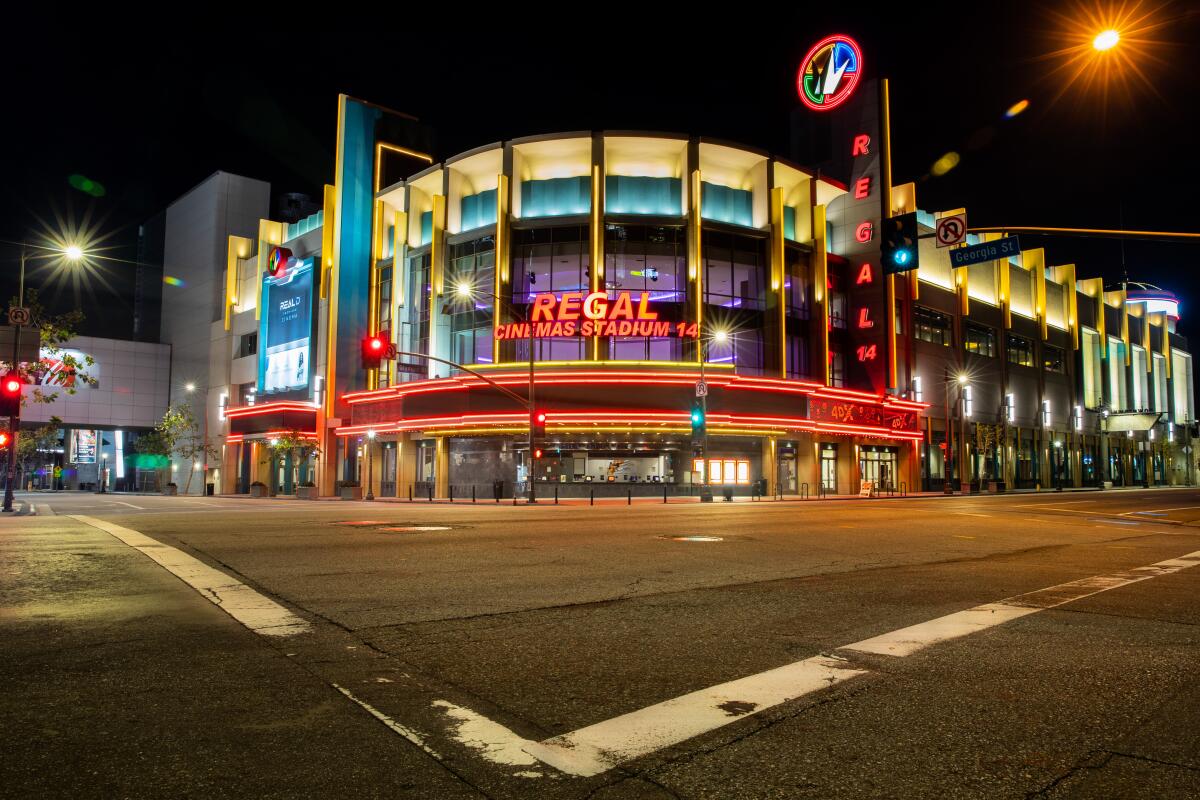
June to July: Easing stay-at-home policies
In the early summer, perhaps in the middle of June to the end of July, Kim-Farley said, there may be some nuanced, tailored approaches for getting people back to work and easing stay-at-home orders.
This may not be a one-size-fits-all approach. It also depends on how prepared local public health departments are for containing potential new outbreaks, and whether they have the staffing to aggressively investigate and identify them before they grow out of control.
Older people and those with preexisting conditions may still need to practice physical distancing
In an early stage of relaxed or dismissed stay-at-home orders, the elderly and those with preexisting health conditions may still need to practice social distancing.
Immune people may start to go back to work first
It’s possible that those who test positive for the coronavirus antibody — because they were infected and recovered — may get the green light to go back to physical workplaces first. There might be some people who were infected and didn’t know it, perhaps because testing was limited or because they were among the people to become infected without getting seriously ill.
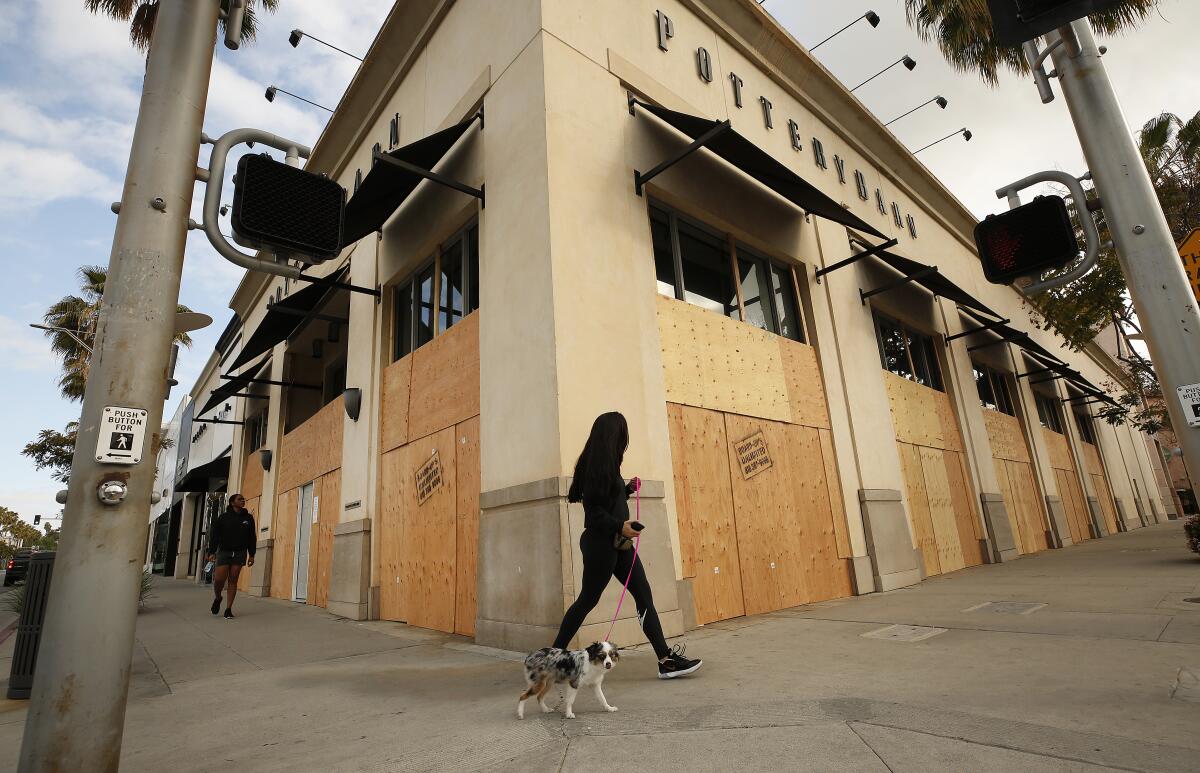
Reopening stores and restaurants — but limiting patrons and wearing masks
It’s even possible, Kim-Farley said, restaurants might reopen by summer — but it wouldn’t be business as usual. Restaurants might be required to separate tables by more distance than ordinary to reduce the risk of spreading disease.
Retail stores that reopen may need to implement the social distancing measures that supermarkets have implemented: limiting the number of customers in the store at a time and customers and staffers wearing cloth face coverings.
Still encouraging telecommuting and avoiding business trips
“I think you’d still see encouraging telecommuting where possible, substituting video conferencing for business meetings or business trips,” Kim-Farley said, “so you can reduce levels of congregating to the degree that you can.”
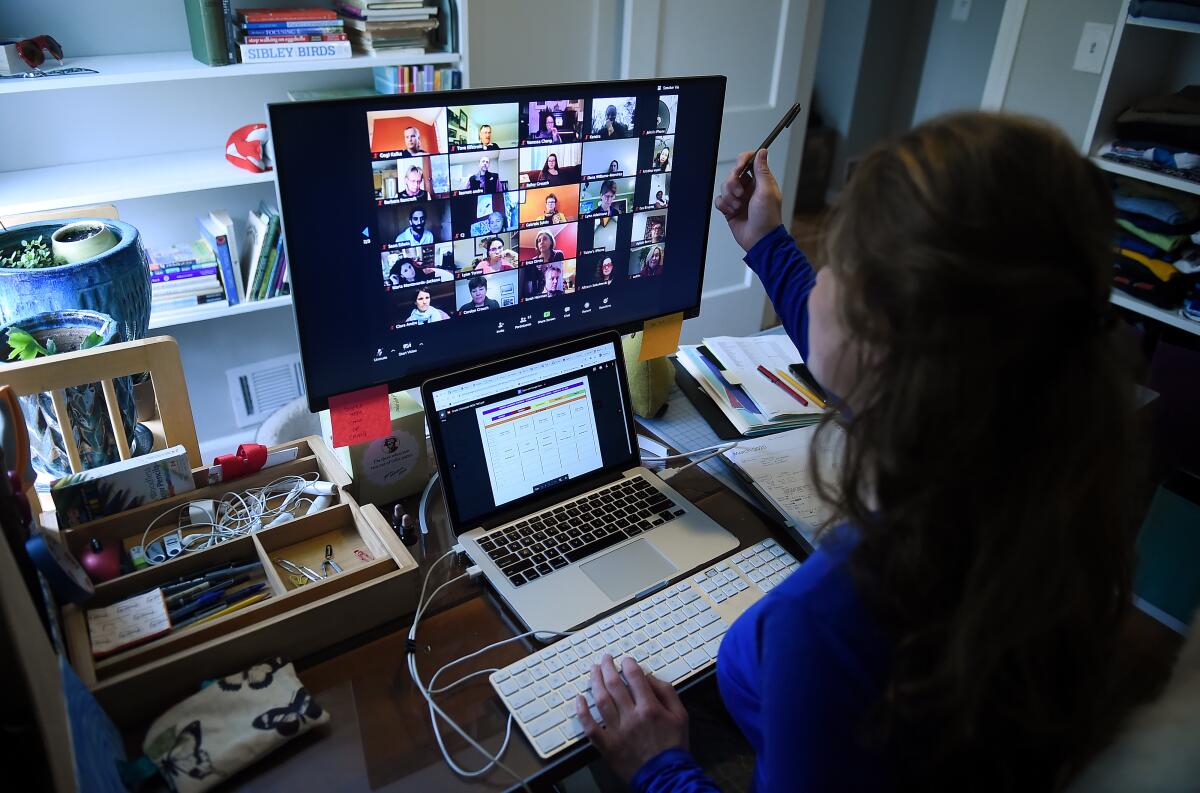
Late summer: Will schools and universities reopen by fall? Probably
Already, the Los Angeles Unified School District has said that its campuses will remain closed for the summer because of the coronavirus pandemic. So what might happen for the fall?
Measures will need to be in place to detect any resurgence, Kim-Farley said. And selective physical distancing efforts may be needed, depending on the situation.
But if there’s a sudden resurgence in cases, schools may need to send students home and have classes taught remotely, Kim-Farley said. There may not be a need to return to statewide or countywide closures of schools and colleges, however; they could potentially be done on a case-by-case basis.
Still, if there continue to be large numbers of coronavirus cases by the end of summer, it would not be wise to reopen schools, he said.
When might a vaccine be ready?
A safe, effective vaccine would dramatically transform our ability to curb the spread of the coronavirus, but it will take 12 to 18 months for that to be ready, even in the most optimistic scenario.
What are other factors that may alter this timeline?
Besides fewer coronavirus cases, improved testing capability and robust staffing in local health departments to investigate new outbreaks, there are other factors that would help accelerate a timeline for getting back to normal.
New drugs: Kim-Farley said he suspects within the next month or two, there should be some answers about promising medications that can treat severe diseases and mild cases so they don’t get worse, or even using them prophylactically in special settings, such as a nursing home, to prevent people from getting sick.
Virus susceptibility to warmer weather: If the virus transmits less efficiently in warmer weather, that could help offer some relief as the nation heads into the summer. But whether it does so is not really clear. The virus has been spreading in Australia, where summer has transitioned into autumn.
Virus mutation: It’s not clear how fast the virus will mutate. Evolutionarily speaking, it’s to the virus’ benefit to mutate where it’s even more contagious but less deadly “because it doesn’t do the virus any good to kill its human host to be able to transmit,” Kim-Farley said. “We just can’t plan what virus mutation is going to happen, or where it’s going to go — but that is another factor that could ultimately play in.”
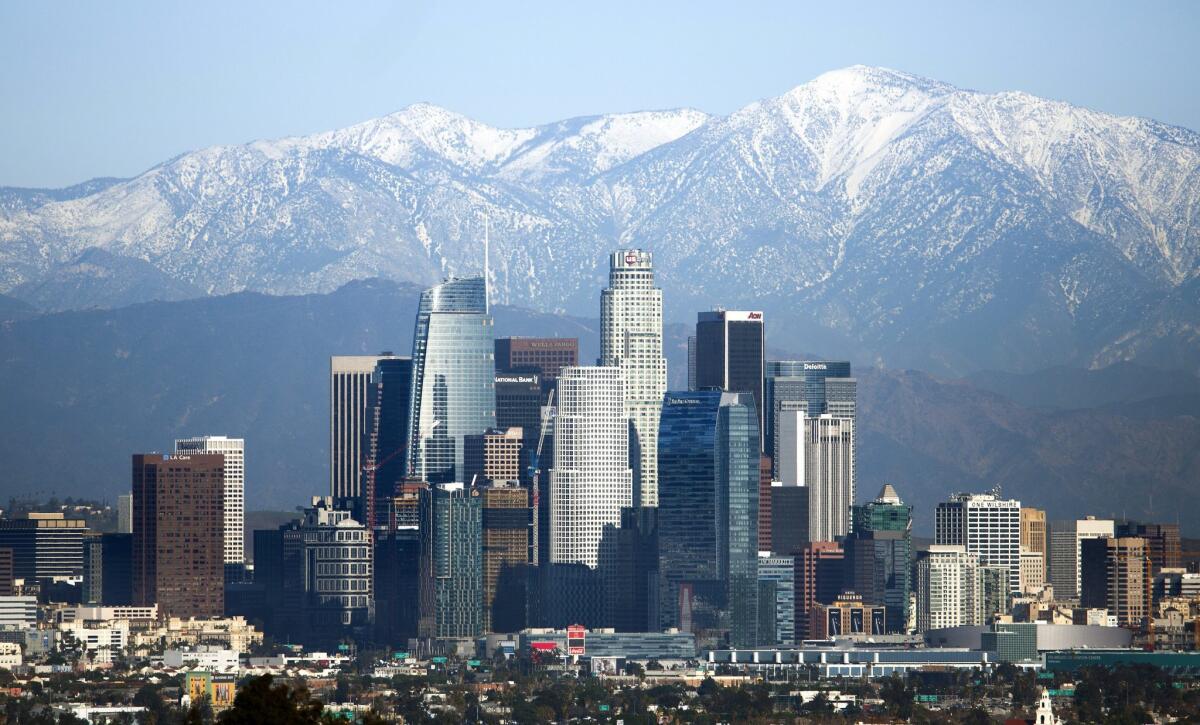
If coronavirus spreads more in winter, are we in for sheltering-in-place next winter?
Health officials are hoping it won’t come to that. Authorities would rather keep the coronavirus contained to certain hot spots, where those infected can be isolated and their close contacts can be identified and told to quarantine to determine whether they get sick, avoiding widespread transmission of the virus in the community.
“But in a particular area, if there’s so much transmission occurring in the community — asymptomatic transmission occurring — that you just can’t identify the cases ... then you may have to go ahead and reinstitute, progressively, some of these physical distancing measures,” Kim-Farley said.
This is so distressing. How do we cope with so much uncertainty?
Some perspective may be helpful: This is the worst pandemic seen around the world since the 1918 Spanish flu pandemic — and that’s why measures not taken in more than 100 years are now being undertaken in this country.
“I think this is the most significant public health pandemic of our lifetimes. That is something to recognize,” Kim-Farley said. “And I tell that to my public health students ... ‘You are witnessing something that you may never see again in your lifetime.’ ”
That said, American society seems to be headed in the right direction in dealing with the current wave of coronavirus cases.
If there is a second wave, Kim-Farley said he might say this: “We survived the first wave and the physical distancing, so we’ve learned things, and we will survive the second if necessary.”
More to Read
Sign up for Essential California
The most important California stories and recommendations in your inbox every morning.
You may occasionally receive promotional content from the Los Angeles Times.

